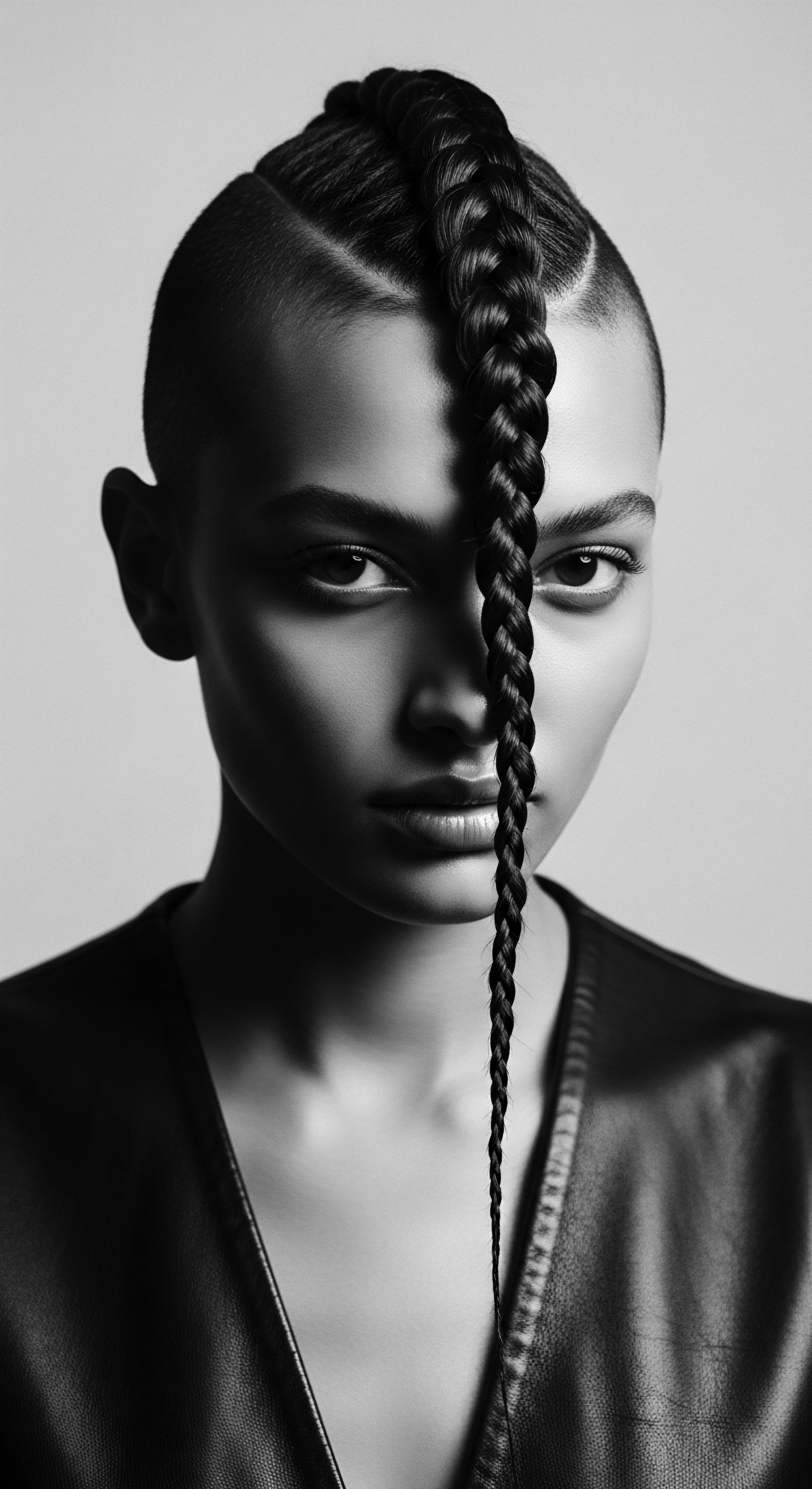
Roots
Consider the intimate stories held within each coil, each strand, each textured crown. These stories whisper of ancient suns, of ancestral hands braiding legacies into existence, of resilience woven through generations. They tell of hair, not merely as adornment or biological outgrowth, but as a living archive, a sacred connection to identity and a collective past.
When we speak of workplace appearance rules, particularly as they touch upon textured hair, we speak of more than mere aesthetics. We encounter the profound collision of deeply personal heritage with societal expectations, often shaped by standards that historically sought to diminish the very beauty they now struggle to comprehend.
How then, does the deep well of cultural heritage influence the established protocols for how one presents oneself in professional settings? This exploration begins at the very source, examining the fundamental understanding of textured hair through the twin lenses of ancient wisdom and contemporary scientific discovery. We seek to comprehend the inherent structures of these unique strands, their classifications, and the language used to describe them—all infused with the persistent echoes of heritage.
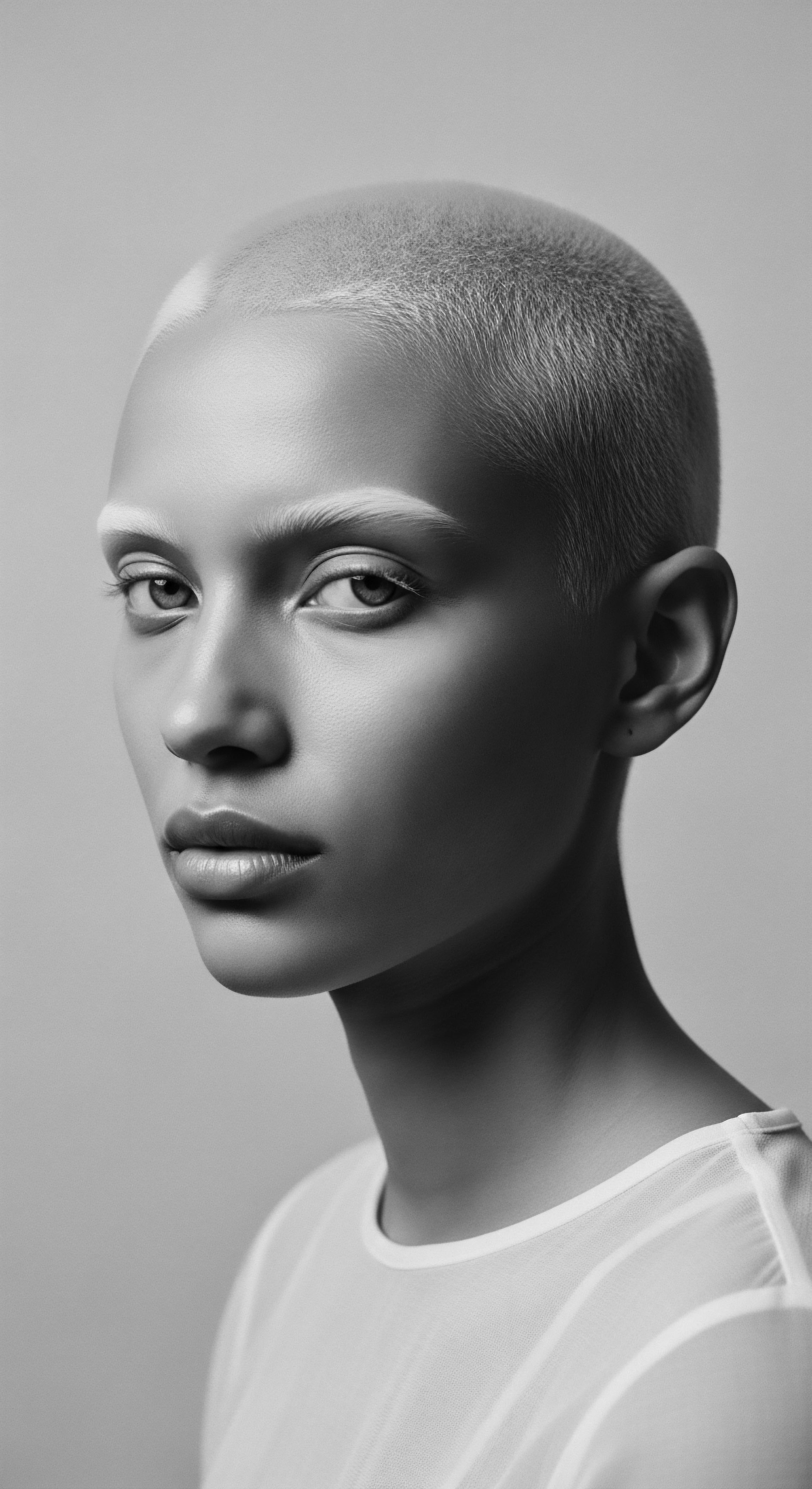
Hair Anatomy and Physiological Uniqueness
The physical blueprint of textured hair holds within it remarkable complexity. Unlike straight or wavy hair, each strand of highly coiled hair typically exhibits an elliptical or flat cross-section. This distinct shape contributes to its unique curl pattern, from gentle waves to tight Z-patterns. The cuticle layers, which shield the inner cortex, often lie less flattened, resulting in a surface that, while beautiful, can be more susceptible to moisture loss and tangling.
This inherent structure, a biological marvel, speaks to adaptations across millennia. Our ancestors, living in diverse climates, developed practices that honored these inherent qualities, creating a wealth of knowledge around hydration and preservation. The science of hair today often validates these long-held methods, confirming the wisdom of centuries past.
The intrinsic structure of coiled hair, a biological testament to ancient adaptations, frequently dictates its unique needs and responses to environmental conditions.
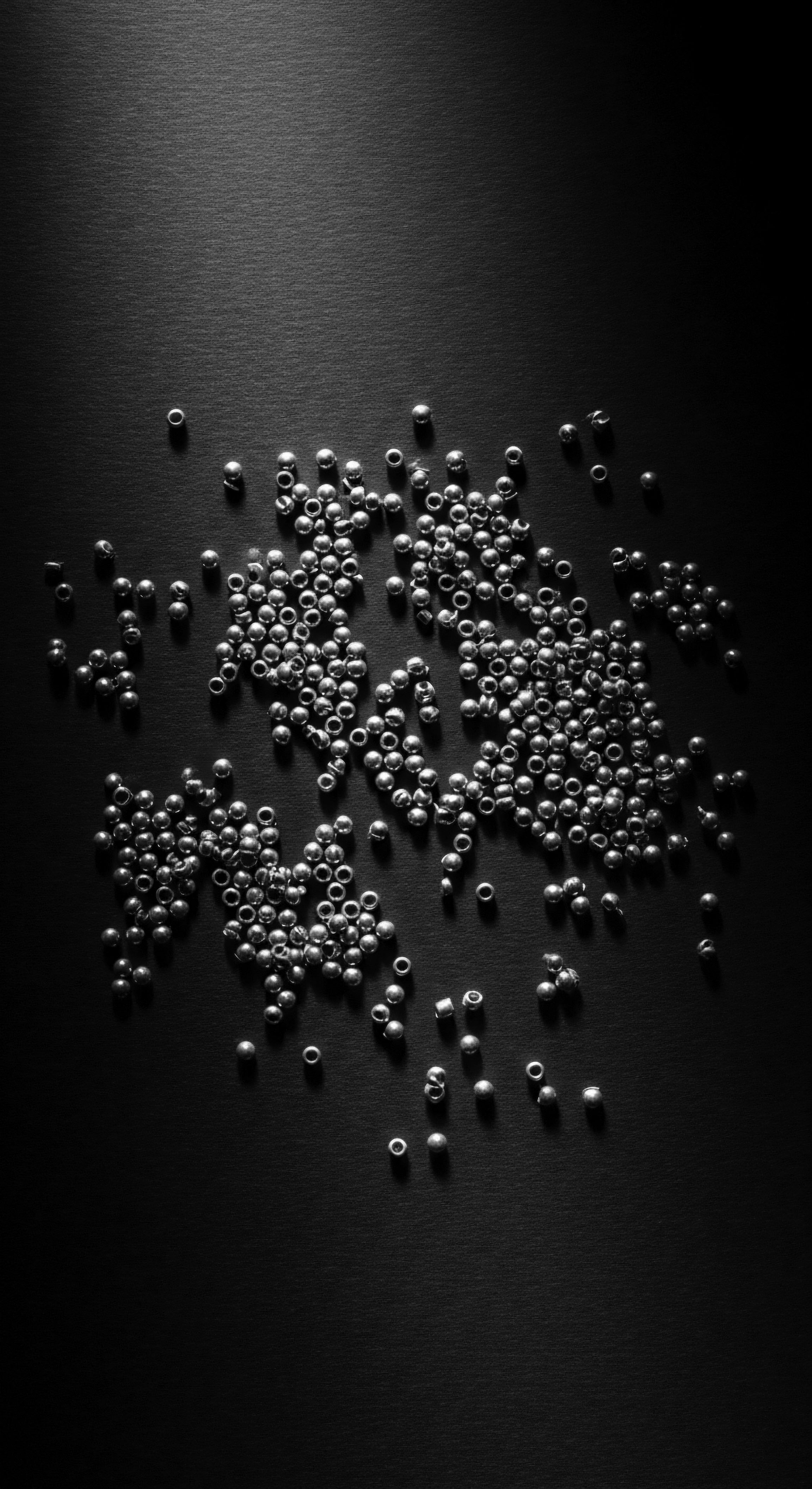
Ancestral Classifications and Modern Understandings
For generations, African communities possessed their own sophisticated systems for understanding and categorizing hair. These systems were not clinical; they were cultural, communal. Hair patterns, volume, and styles communicated a person’s tribal belonging, marital status, age, and even social rank. Consider the intricate divisions of West African societies, where particular braided styles could signify a woman’s readiness for marriage or a warrior’s triumphs.
Such classifications held profound meaning, directly affecting how individuals were perceived within their communities and how they presented themselves. The advent of Eurocentric beauty standards during colonial periods, however, began to dismantle these frameworks, imposing a different lens—one that often deemed textured hair unruly or unprofessional. The shift from communal affirmation to external judgment represents a critical point in understanding modern workplace appearance policies.
The impact of imposed standards is starkly illustrated by historical decrees. In 1786, Louisiana enacted the “Tignon Laws,” compelling free Black women, celebrated for their elaborate and artistic hairstyles, to conceal their hair with a headscarf (tignon). This was not a mere fashion regulation; it served as a means to visually differentiate and subordinate, asserting that these women were closer to enslaved individuals than to their white counterparts, thus challenging their perceived social status. This historical act showcases an early, formalized workplace appearance rule, albeit one enforced through societal control rather than corporate policy, directly targeting the cultural expression of hair.
| Aspect Meaning of Hair |
| Ancestral Context Symbol of identity, status, spirituality, community belonging. |
| Post-Colonial/Modern Workplace Lens Often reduced to aesthetics, neatness, or a perceived lack of professionalism. |
| Aspect Styling Practices |
| Ancestral Context Ritualistic, communal, deeply symbolic acts of artistry and care. |
| Post-Colonial/Modern Workplace Lens Viewed through a lens of conformity, requiring manipulation to fit external norms. |
| Aspect Hair Care |
| Ancestral Context Holistic wellness, utilizing natural resources and generational knowledge. |
| Post-Colonial/Modern Workplace Lens Emphasis on product use, often chemical, to alter natural texture for 'acceptability.' |
| Aspect The journey from sacred symbol to scrutinized feature highlights the enduring struggle for recognition of hair heritage in formal settings. |

Essential Lexicon of Coiled Strands
The language we use to speak of hair shapes our perception of it. For textured hair, a vocabulary has long existed within diasporic communities, steeped in observation and lived experience. Terms like ‘coily,’ ‘kinky,’ ‘locs,’ ‘braids,’ and ‘twists’ are not just descriptors; they carry historical weight, cultural memory, and often, a sense of pride and resistance. Yet, within many professional spaces, a different lexicon prevails, often implicitly or explicitly valuing ‘straight,’ ‘smooth,’ or ‘tame.’ The very words chosen to frame appearance policies can inadvertently carry historical biases.
When policies refer to hair as ‘neat’ or ‘professional’ without clear, inclusive definitions, they risk perpetuating discriminatory norms. This becomes particularly noticeable when these terms are applied disproportionately to non-straight hair textures, forcing individuals to interpret unspoken expectations rooted in historical exclusions.

Growth Cycles and Influencing Factors
Hair’s journey from follicle to full length is a complex biological dance, influenced by genetics, nutrition, and environmental conditions. For textured hair, this cycle can mean a slower perceived growth rate due to its curling pattern, which affects how length is observed. Ancestral practices often included dietary components rich in specific vitamins and minerals, reflecting an instinctive grasp of hair’s nutritional needs.
The availability of nourishing foods and clean water in different ancestral lands contributed to hair health, often influencing the achievable length and vigor of styles. Contemporary understanding confirms that internal health mirrors external vitality, emphasizing that true hair wellness extends beyond topical application.
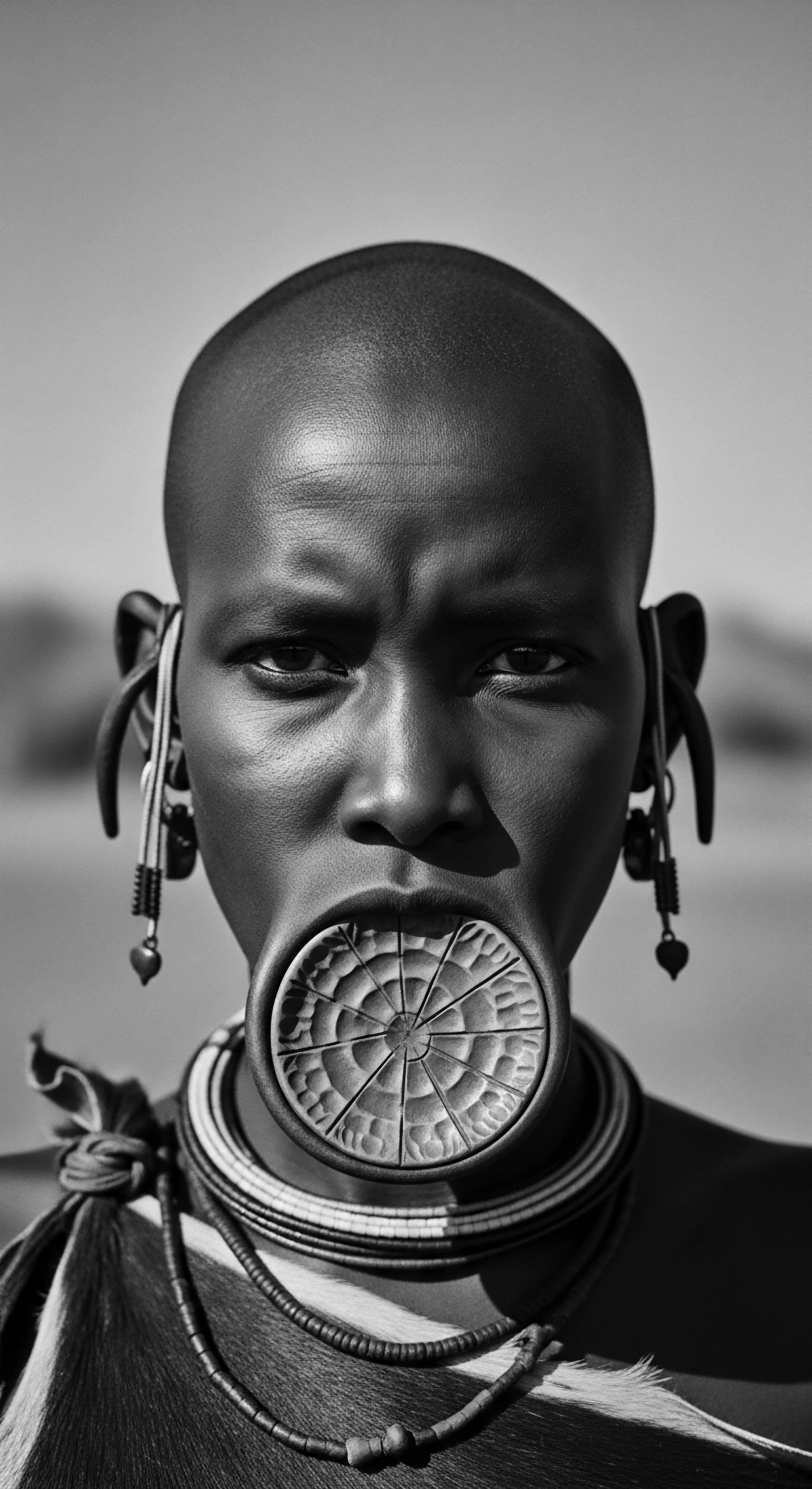
Ritual
From the foundational understanding of hair’s inherent characteristics, we move into the vibrant realm of its adornment and transformation. Hair styling, across various cultural landscapes, is rarely a simple act. It is a ritual, a connection to artistry, ingenuity, and community. The journey of textured hair through traditional techniques, tools, and the very act of its shaping reveals how cultural heritage deeply influences not only personal expression but also, by extension, how these expressions interact with the often-rigid boundaries of professional presentation.

Protective Styling Encyclopedia
For millennia, protective styles have served as cornerstones of hair care within Black and mixed-race communities. These styles, such as Braids, Twists, and Cornrows, were not merely decorative; they shielded fragile strands from environmental stressors, minimized manipulation, and fostered length retention. Their ancestral roots are profound, reaching back to African civilizations where specific braiding patterns conveyed social standing, lineage, and spiritual beliefs. For instance, the intricate cornrow patterns found in ancient Egyptian and West African sculptures speak to a rich history of meticulous artistry and social coding, where a hairstyle could tell a story without a single word.
Protective styles, born from ancestral ingenuity, serve as both a shield for delicate strands and a profound cultural statement.
The workplace has, for too long, viewed these heritage styles with suspicion, labeling them ‘unprofessional’ or ‘distracting.’ This perception disconnects the style from its deep historical and functional purpose. A woman wearing cornrows to a board meeting carries with her not only a protective style but centuries of coded communication and resilience. The bias against these styles ignores their practical advantages—reduced breakage, ease of maintenance for busy professionals, and a clear expression of identity. It exposes a lack of cultural literacy within institutions that claim to champion diversity.
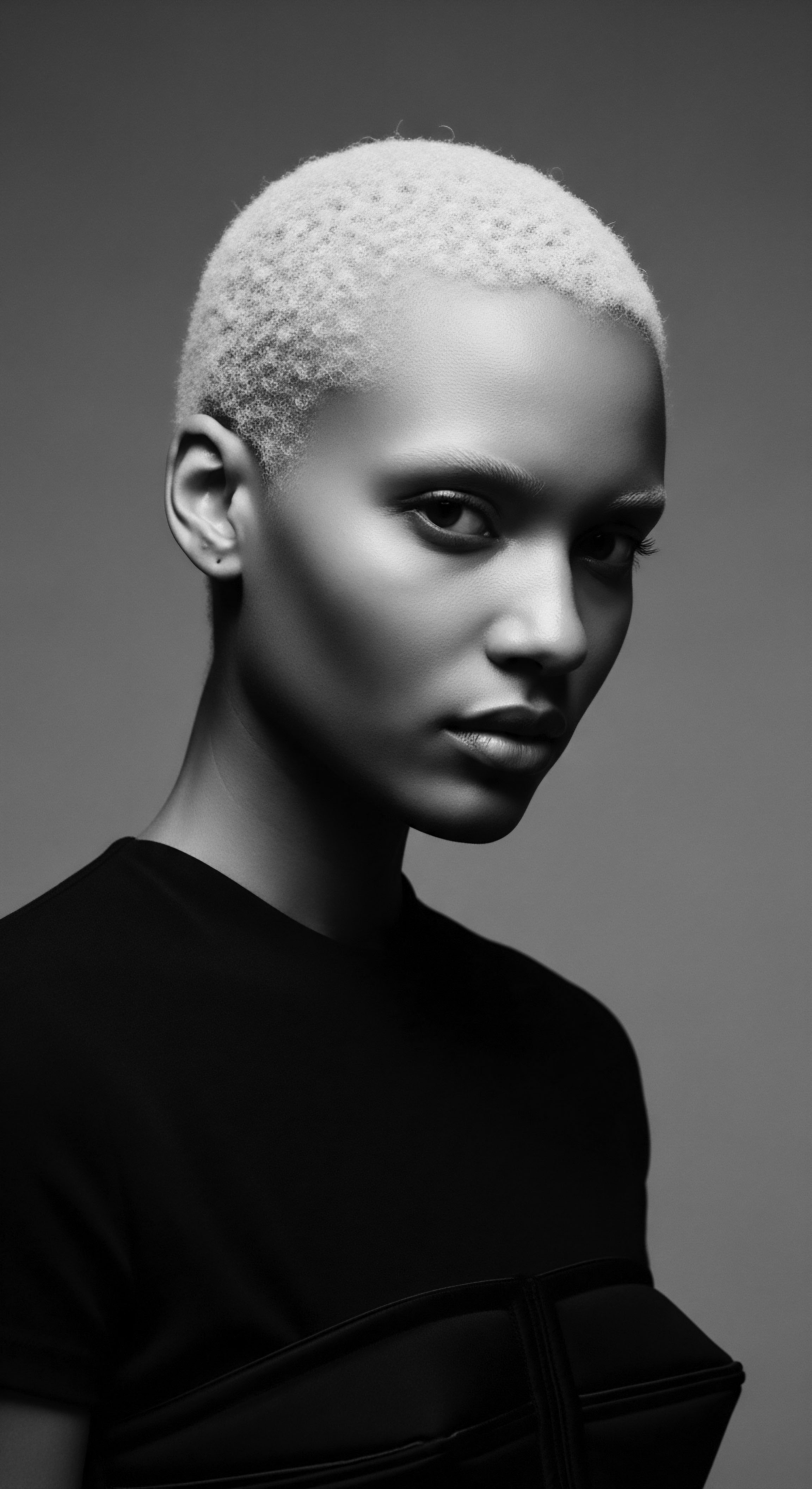
Natural Styling and Definition Techniques
The spectrum of natural styling techniques celebrates the innate structure of coiled hair. Methods like ‘wash-and-go,’ ‘twist-outs,’ and ‘braid-outs’ allow the hair’s natural curl pattern to reveal itself, offering variations in definition and volume. These approaches resonate with ancestral practices that honored hair’s natural state, using plant-based emollients and careful manipulation to enhance its innate beauty rather than alter its inherent form.
Think of shea butter, coconut oil, and other botanical extracts that formed the basis of historical hair regimens, applied with intentionality to define curls and add luster. The contemporary movement towards natural hair, in many ways, is a return to this ancestral reverence for authenticity.
- Shea Butter ❉ Historically used across West Africa for its deep conditioning properties, protecting hair from harsh elements.
- Coconut Oil ❉ A staple in many tropical regions, valued for its ability to penetrate the hair shaft and reduce protein loss.
- Aloe Vera ❉ Applied for its soothing and moisturizing qualities, promoting scalp health and curl definition in various traditional contexts.
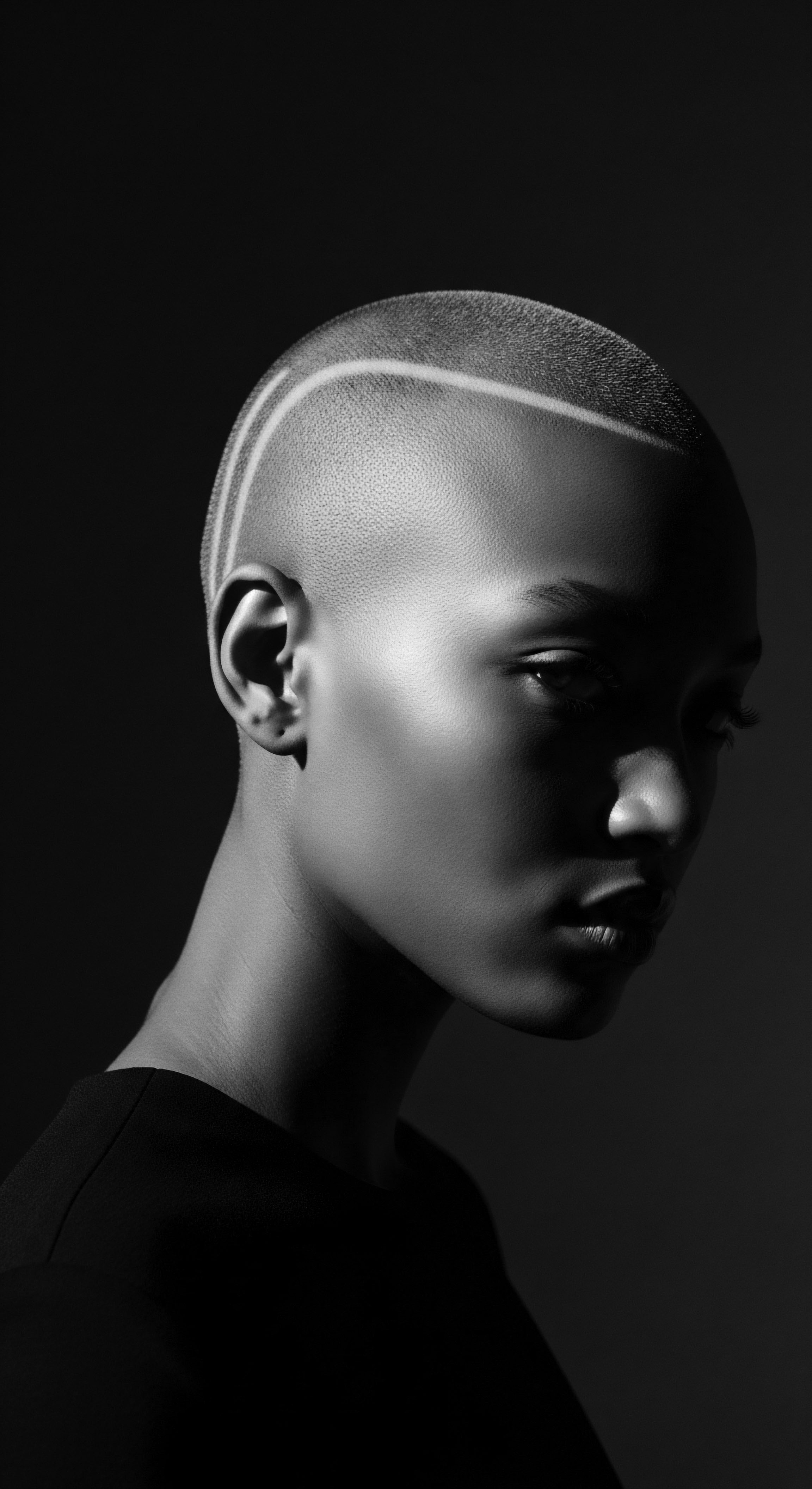
Wigs and Hair Enhancements Mastery
The use of wigs and extensions holds its own place in the continuum of hair heritage, dating back to ancient Egypt where wigs signified status and offered protection from the sun. In later historical contexts, especially among diasporic communities, wigs and additions became tools of adaptation, self-expression, and, at times, a shield against discrimination. They allowed for versatility and conformity when societal pressures demanded a particular aesthetic.
For many, they represented an ability to meet external appearance mandates without chemically altering one’s natural hair, preserving its inherent structure underneath. This historical function often gets overlooked in workplace discussions that might question the ‘authenticity’ or ‘appropriateness’ of hair enhancements, missing the deeper cultural and survival-based motivations behind their use.

Heat Styling and Thermal Reconditioning
The application of heat to alter hair texture presents a more complex narrative. While methods like hot combing became prevalent in the 19th and 20th centuries as a means to achieve straighter styles, often driven by societal pressures for conformity, they contrast sharply with ancestral approaches that minimized harsh manipulation. The pursuit of straightened hair, particularly in professional environments, emerged from a direct societal demand for Eurocentric aesthetics, leading to the popularization of chemical relaxers and frequent heat styling. The 2023 CROWN Workplace Research Study reveals that approximately two-thirds (66%) of Black women adjust their hair for job interviews, with 41% transforming their naturally coiled hair to a straight appearance.
This statistic speaks volumes about the enduring pressure to conform to narrow beauty standards, sacrificing hair health for perceived professional acceptance. Understanding this historical trajectory and the contemporary data is essential when examining how appearance rules disproportionately affect those with textured hair.
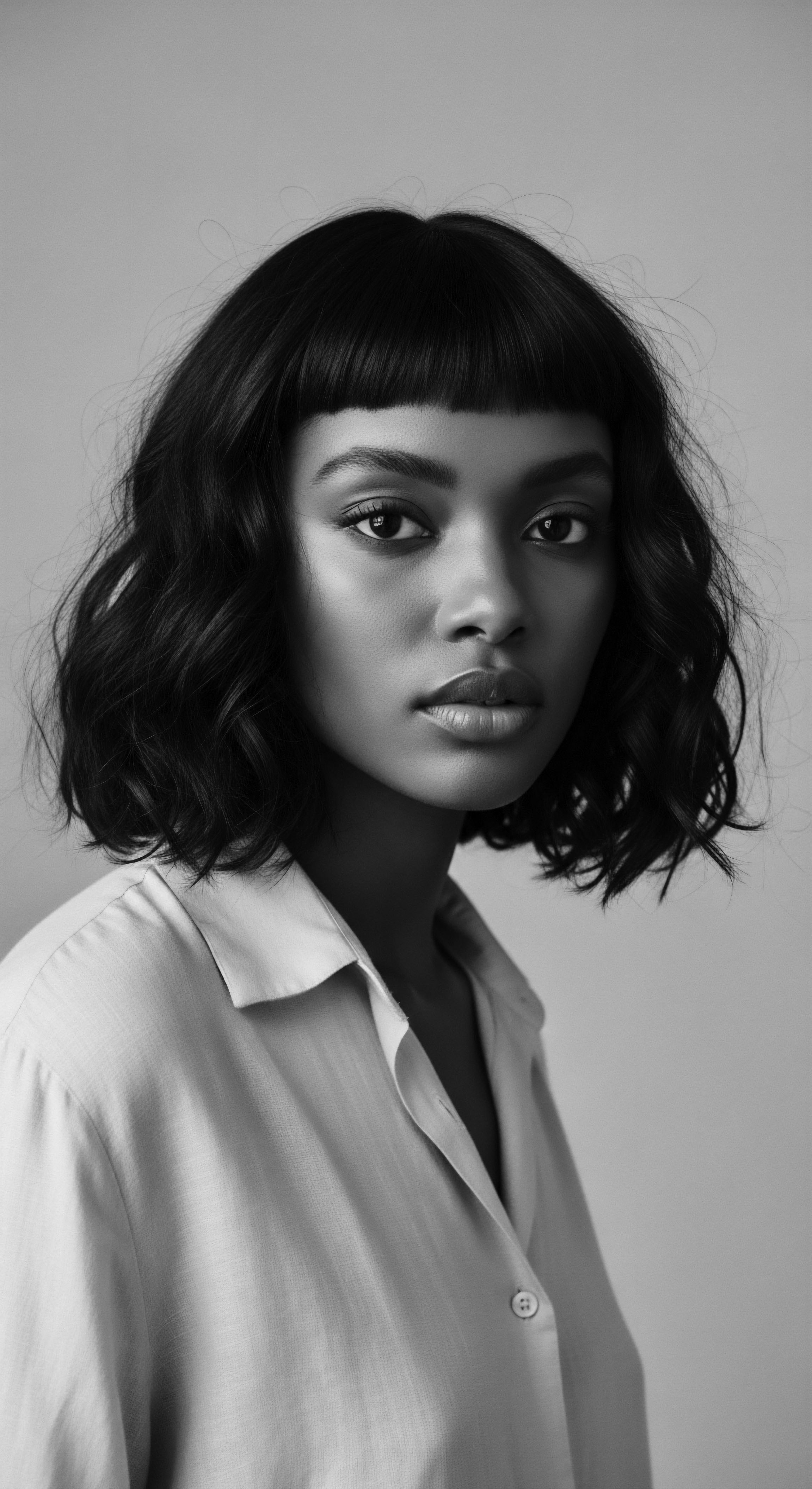
The Complete Textured Hair Toolkit
The tools used for hair styling bear the imprint of cultural heritage. From the wide-tooth combs crafted from natural materials in ancient African communities to the specialized picks and brushes designed for detangling and shaping voluminous hair, each implement carries a legacy. The modern toolkit for textured hair often includes a blend of these traditional ideas with technological advancements, from gentle detangling brushes to steam tools that hydrate. The emphasis remains on tools that respect the hair’s delicate structure, minimizing breakage and supporting its health—a direct echo of ancestral principles of care.
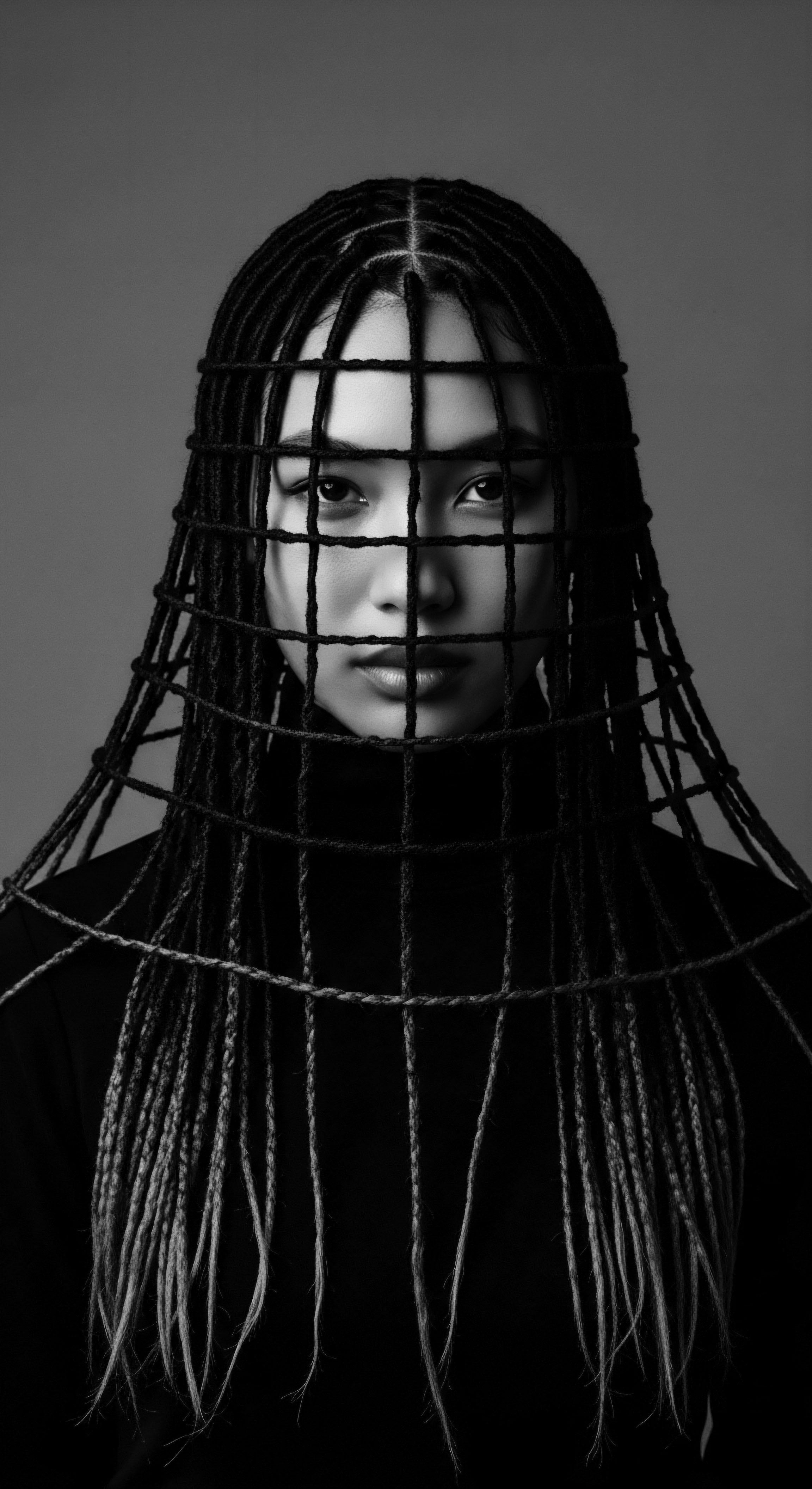
Relay
The current flows from the deep past, a continuous relay of ancestral wisdom, scientific revelation, and lived experience. Our exploration of workplace appearance rules must consider not only the foundational biology and styling traditions, but also the daily rhythms of care, the methods of problem-solving, and the broader wellness philosophies that nourish textured hair. This section delves into how heritage informs holistic care and offers solutions, connecting ancient practices with contemporary understanding to confront modern challenges in professional spaces.
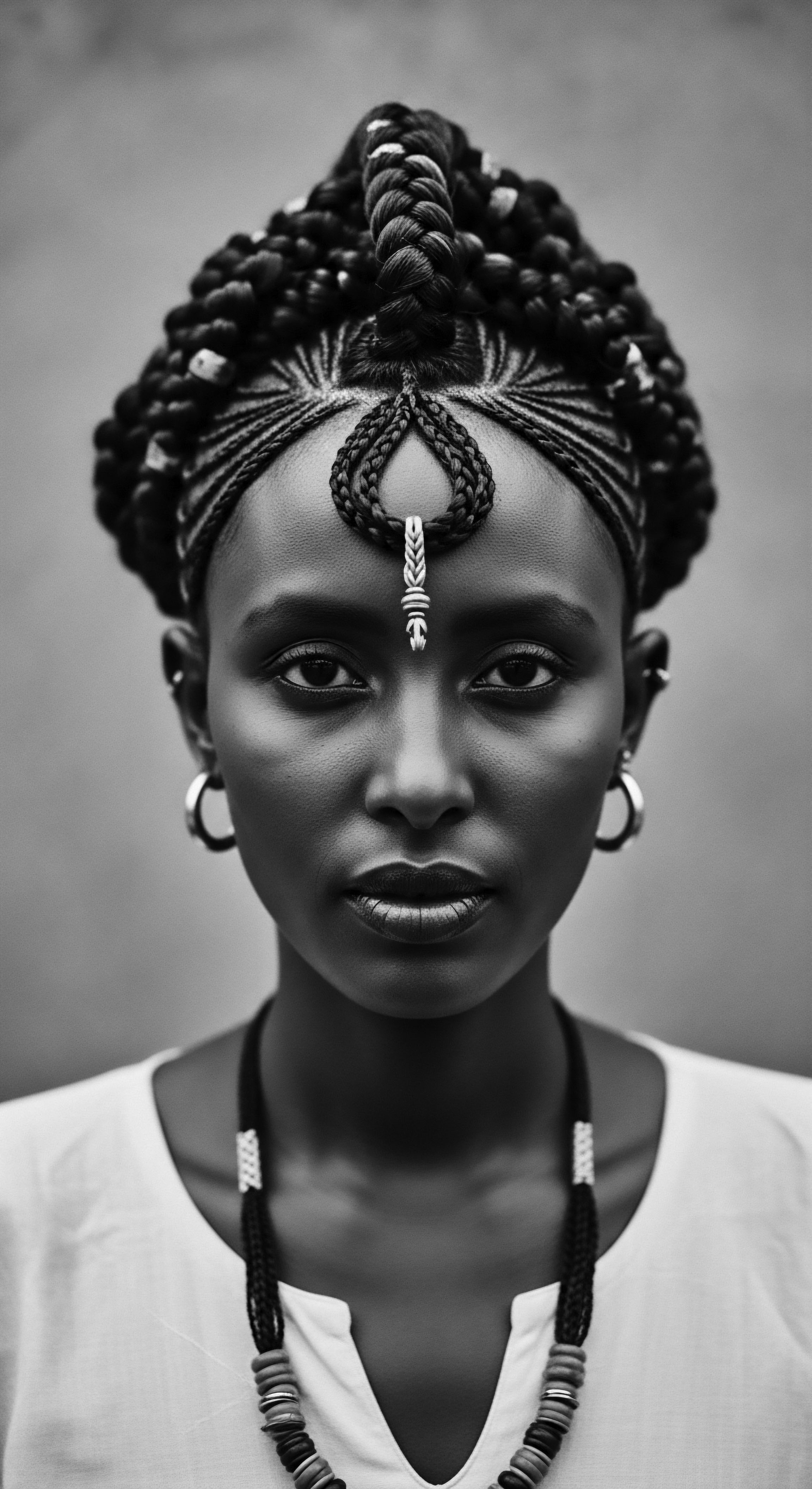
Building Personalized Textured Hair Regimens
A truly radiant hair journey stems from a regimen tailored to individual needs, a concept rooted in ancestral wisdom. Communities of old understood that no two heads of hair were precisely alike, even within families. Their practices, though communal in spirit, allowed for individual adaptations based on hair density, porosity, and lifestyle. This wisdom echoes in modern approaches that advocate for personalized routines, recognizing the vast diversity within textured hair types.
Science now helps decode hair’s unique protein structure and moisture retention capabilities, providing data that reinforces the intuitive practices of our forebears. Crafting a regimen today involves combining this ancestral knowledge of natural elements with current scientific insight into product formulations and hair physiology.
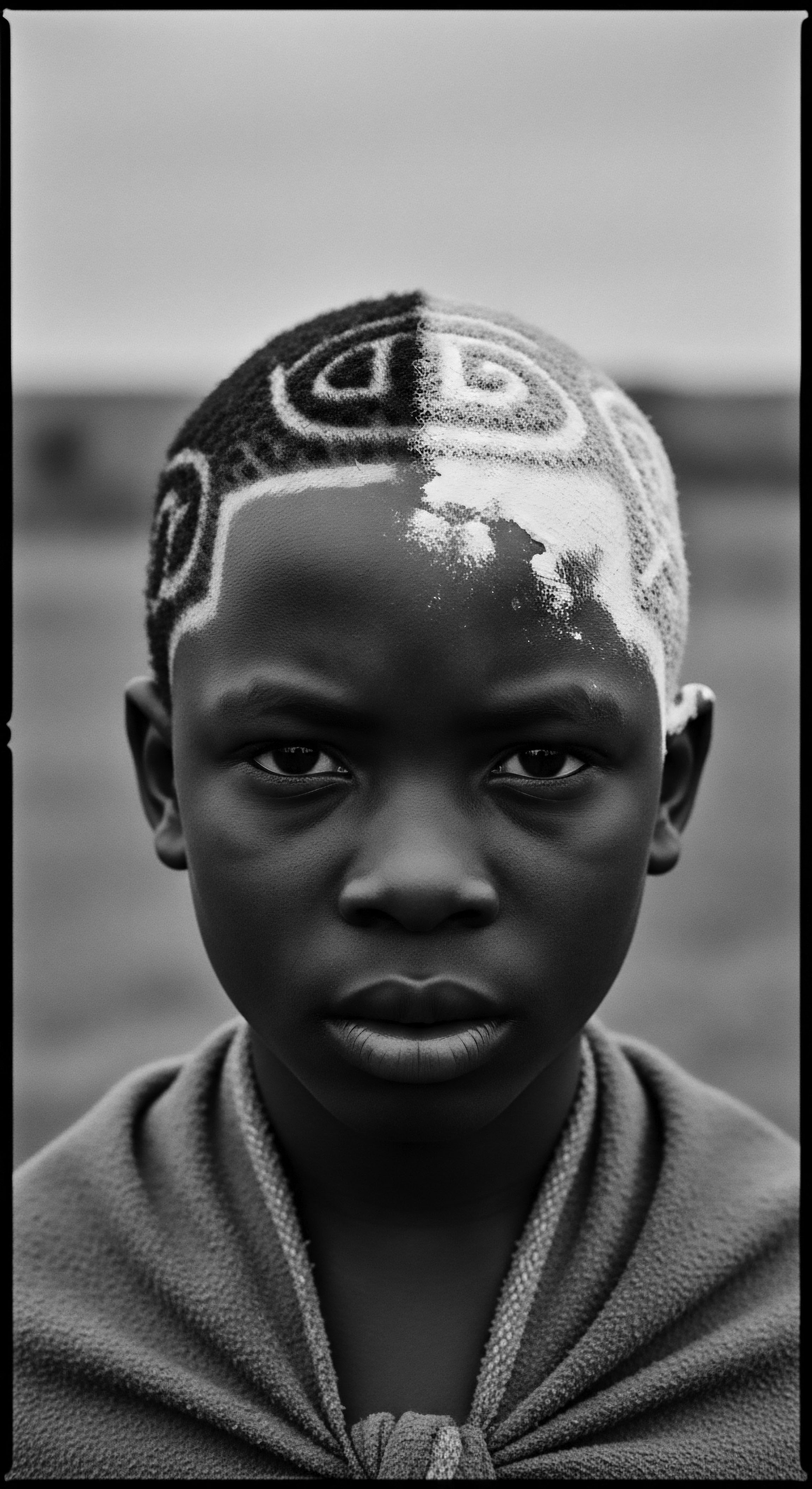
The Nighttime Sanctuary and Bonnet Wisdom
The quiet hours of sleep hold significant power for hair health. For coiled strands, friction against rough pillowcases can lead to tangling, breakage, and moisture depletion. This understanding is not new; it is a part of ancestral wisdom passed down through generations. The Satin Bonnet and Silk Scarf, ubiquitous in textured hair care today, are direct descendants of head coverings worn for protection and modesty in various African and diasporic cultures.
These coverings shielded hair from dust, maintained moisture, and preserved intricate styles, ensuring their longevity. Their presence in modern hair regimens serves as a living connection to these protective traditions.
The continuity of this practice, from historical necessity to contemporary wellness, speaks volumes. For many, wearing a bonnet or scarf at night is more than a practical measure; it is a ritual of self-care, a quiet affirmation of heritage, and a practical step in managing hair that has often been misunderstood in daylight hours. This protective act stands in stark contrast to workplace environments where wearing natural styles might still face scrutiny, necessitating extra care outside of work hours to counteract potential damage from styling choices made for professional conformity.

Ingredient Deep Dives for Textured Hair Needs
The efficacy of traditional ingredients often finds validation in modern science. The ancestral knowledge of botanicals—from hydrating Shea Butter and Argan Oil to cleansing Rhassoul Clay and stimulating Rosemary—was born from keen observation and generational experimentation. These ingredients, sourced from the earth, served as the primary tools for cleansing, conditioning, and nourishing hair.
- Moringa Oil ❉ Utilized in parts of Africa for its rich vitamin profile, contributing to strand strength.
- Baobab Oil ❉ Extracted from the ‘tree of life,’ it offers omega fatty acids, aiding in moisture retention and elasticity.
- Chebe Powder ❉ A Chadian tradition, known for strengthening hair and preventing breakage, especially for longer lengths.
Today, cosmetic chemists examine these compounds at a molecular level, discerning how their unique properties interact with the distinct structure of textured hair. The conversation around ingredients therefore comes full circle, acknowledging the timeless effectiveness of natural elements while enhancing our comprehension through scientific rigor.
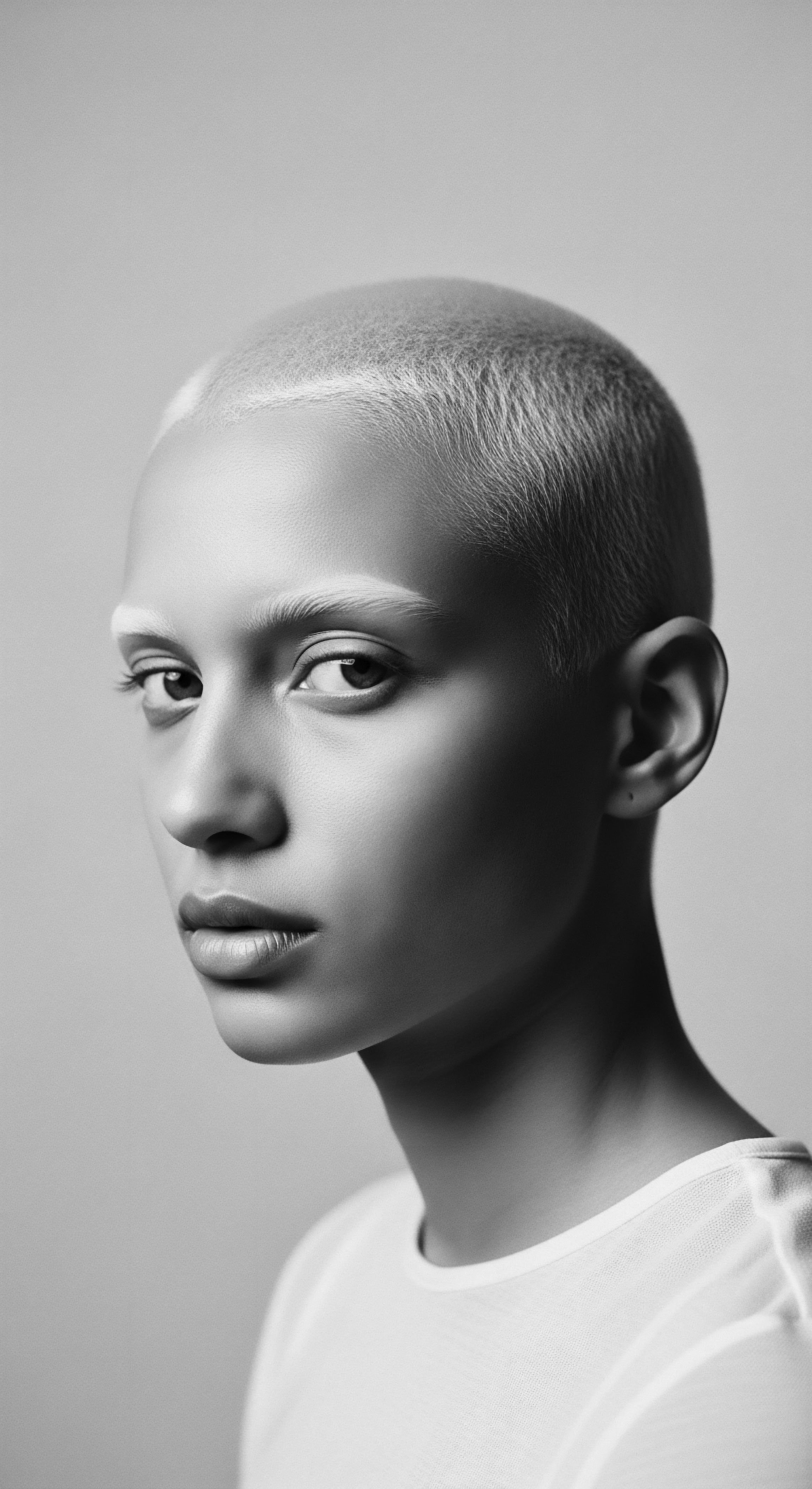
Addressing Challenges with Traditional and Current Insights
Textured hair, with its coils and bends, presents specific care challenges that have been addressed through centuries of ingenuity. Detangling, for example, is a common task. Ancestral practices often involved finger-detangling with conditioning agents, a gentle approach that minimized stress on the hair. This contrasts with historical pressures to use harsh chemical relaxers, a method born of a desperate need to conform to Eurocentric standards, leading to significant damage.
The 2023 CROWN Workplace Research Study, conducted by Dove and LinkedIn, found that over one-fifth (20%) of Black women between the ages of 25 and 34 have been dismissed from their jobs because of their hair. This persistent workplace discrimination compels many to opt for styles that may compromise hair health, such as excessive straightening, creating a direct conflict between professional demands and hair wellness. The ongoing legislative efforts, such as the CROWN Act, aim to legally safeguard the right to wear natural hairstyles, offering a beacon of hope for greater workplace inclusion.

Holistic Influences on Hair Health
True hair health extends beyond the strands themselves; it is intertwined with our overall well-being, a tenet deeply embedded in ancestral wellness philosophies. These traditions understood the interconnectedness of body, mind, and spirit, recognizing that stress, nutrition, and even emotional states directly influenced hair vitality. Hair, in this view, served as a sensitive barometer of one’s internal state.
Modern science increasingly supports this holistic outlook, with research linking nutritional deficiencies, chronic stress, and systemic inflammation to hair concerns. This holistic perspective, steeped in heritage, offers a powerful counter-narrative to workplace cultures that often prioritize external presentation above intrinsic health, revealing how culturally insensitive appearance rules can inflict not just superficial damage, but also deeper tolls on overall well-being.
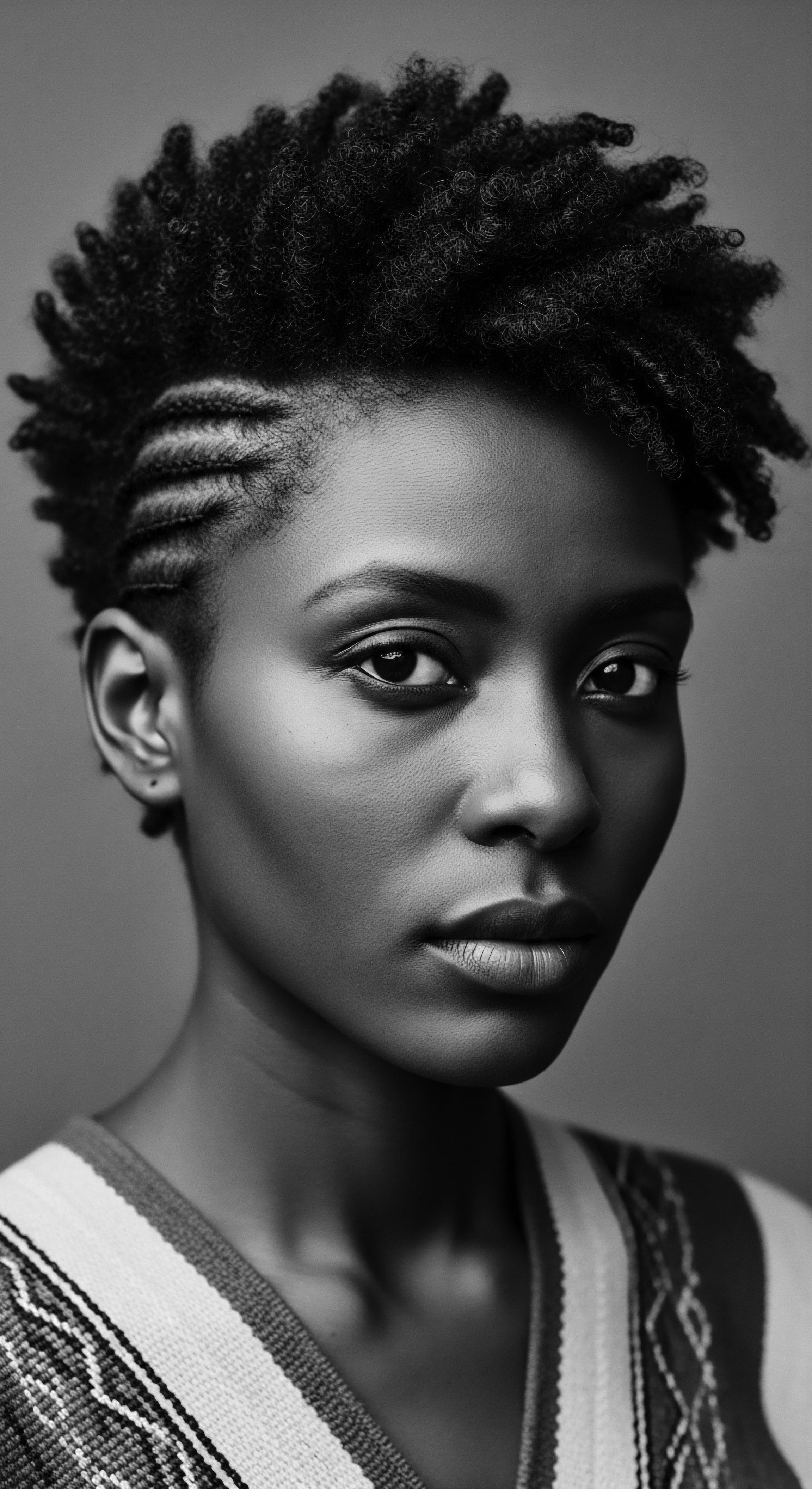
Reflection
The journey through the intricate world of textured hair, from its elemental biology to the nuanced expressions of style and care, leads us to a profound understanding of its enduring place in cultural heritage. Workplace appearance rules, when viewed through this ancestral lens, reveal themselves not as neutral guidelines, but as deeply conditioned artifacts of historical power dynamics. The coiled strand, a symbol of resilience and identity through centuries of joy, struggle, and resistance, carries within it the echoes of countless generations who cared for, adorned, and communicated through their crowns.
This exploration, at its heart, is a meditation on the “Soul of a Strand.” It is an invitation to see beyond superficial judgments and to recognize the sacred connection between a person’s heritage and their outward presentation. The continuing evolution of societal norms, spurred by vital legislative efforts like the CROWN Act and persistent advocacy, slowly bends the arc towards a future where authenticity is celebrated, not suppressed. For every individual choosing to present their textured hair in its natural glory, they are not only making a personal statement; they are honoring a rich, living library of ancestral wisdom, continuing a legacy of self-possession and cultural pride within the professional sphere.
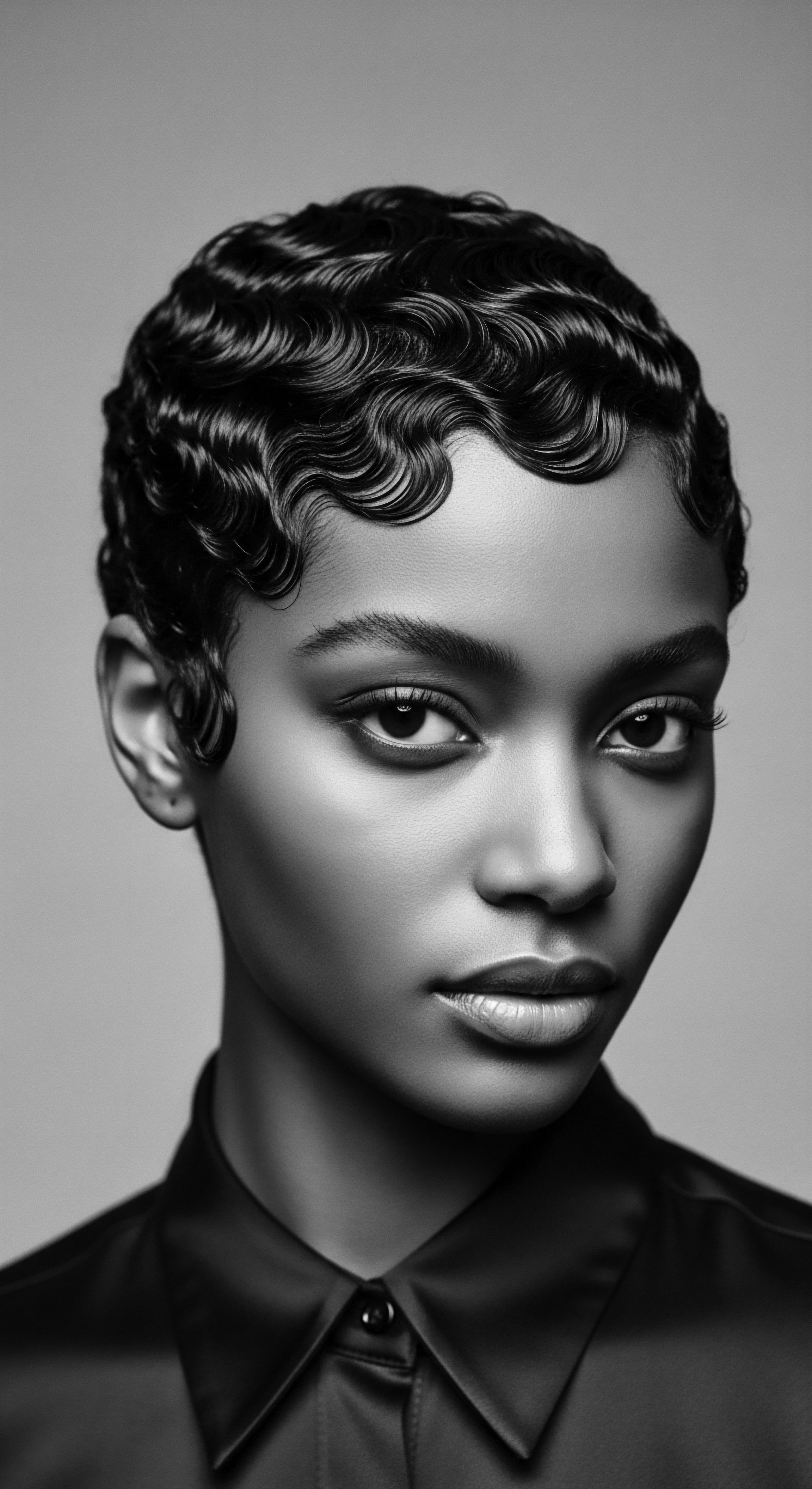
References
- Don’t touch my hair! ❉ A guide to investigating race-based hair discrimination, 2022.
- End Hair Discrimination – Halo Collective, 2024.
- Afriklens. African Hairstyles Cultural Significance and Legacy, 2024.
- The Official CROWN Act, 2023.
- Library Guides. Title VII’s Application of Grooming Policies and its Effect on Black Women’s Hair in the Workplace ❉ Rogers v. Am. Airlines, Inc. 527 F. Supp. 229 (S.D.N.Y. 1981), 2017.
- Quimbee. Rogers v. American Airlines, Inc. 527 F.Supp. 229 (S.D.N.Y. 1981), 2023.
- Turner, Marian. Rogers V. American Airlines, 2019.
- Knight, Sol Maria Fernandez & Long, Wahbie. Narratives of Black Women on Hair in the Workplace, 2019.
- JSTOR Daily. How Natural Black Hair at Work Became a Civil Rights Issue, 2019.
- AWS. Spotlighting the CROWN Act ❉ Examining Hair Discrimination Among Black Women Professionals in Massachusetts, 2023.
- Wikipedia. Rogers v. American Airlines (1981), 2024.
- Economic Policy Institute. The CROWN Act ❉ A jewel for combating racial discrimination in the workplace and classroom, 2023.
- PMC. The Person Beneath the Hair ❉ Hair Discrimination, Health, and Well-Being, 2023.
- Umthi. The Cultural Significance and Representation of Afro-Textured Hair, 2023.
